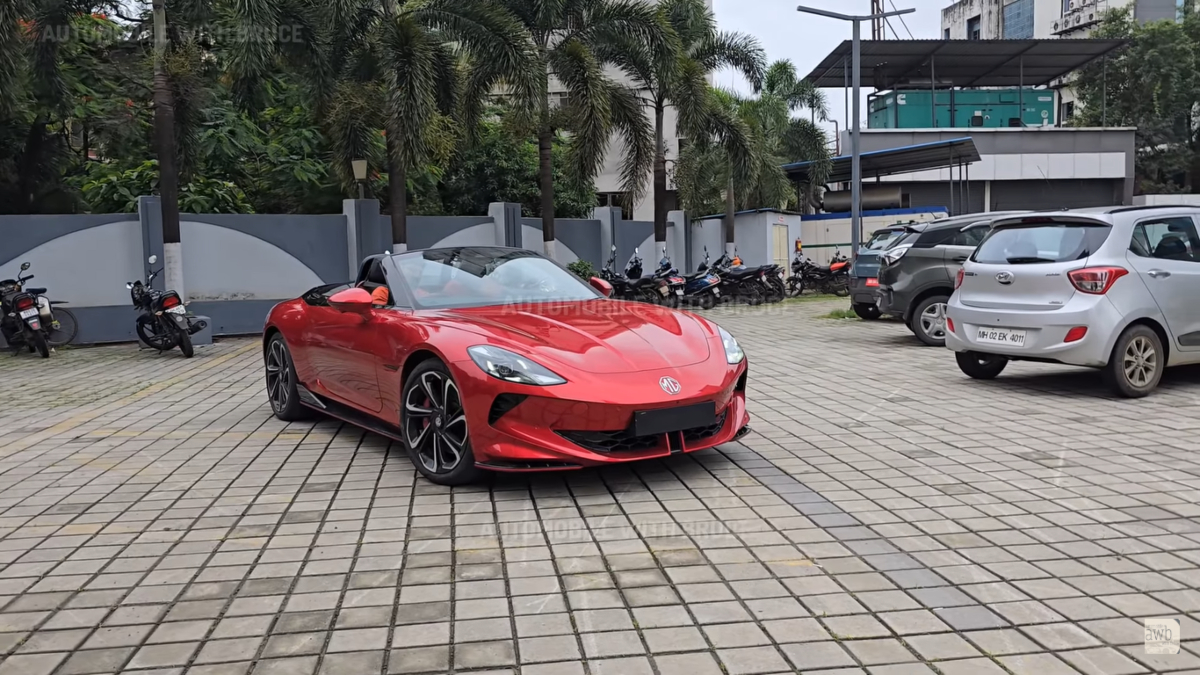Residents and commuters in Chandigarh should prepare for a rise in transport costs, as the Chandigarh Union Territory administration has officially revised fare structures for registered taxis and autorickshaws—both for city and inter-city travel. This is the first update in almost a decade, responding to rising costs in fuel, maintenance, and labor.
New Fare Structure: Higher Per-Kilometer Charges
The revised fare slab introduces significant increases across services:
Within City Limits
- AC taxis: Now charged at Rs 34/km (up from Rs 23/km).
- Non-AC taxis: Increased to Rs 25/km from Rs 17/km.
- Radio autos: Now Rs 20/km instead of Rs 15/km.
- Ordinary autos: Adjusted to Rs 19/km, up from Rs 16/km.
Out-of-City or Long-Haul Trips (up to eight hours or 80 km)
- Extra charges apply for extended hires, with daily packages now aligning with higher per-kilometer rates.
The administration has also announced that fare adjustments will follow a formal index-based formula moving forward, to ensure future rate changes occur annually in line with costs such as fuel, wages, and maintenance.
Enforcement & Transparency Measures
To ensure compliance and consumer protection:
- Display of fare tariffs in all registered autos and taxis is now mandatory.
- Plans are underway to introduce pre-paid ticket counters or coupon kiosks to minimize fare disputes.
- A digital-mechanism-backed fare compliance app, random inspections, and a better grievance redressal system are all in development.
Mixed Reactions from Stakeholders
Transport secretary Nitin Kumar Yadav indicated the fare revision seeks to balance consumer needs and operator sustainability. Operators expect the hikes to offset operational costs but express concerns over increased competition and pressure from ride aggregators that aren’t subject to these fare controls.
Consumer groups acknowledge the necessity of controlled hikes yet emphasize the importance of sharing data and rationales behind the fare revisions with city residents.
Economic Context
This marks the first fare revision since 2013 for city travel and 2015 for long-haul journeys, reflecting significant inflation and cost escalation. Chandigarh now aligns more closely with transport costs in comparable urban centers.
What Commuters Should Know
- These new fares apply only to registered, meter-based taxis and autorickshaws, excluding ride-hailing services.
- Expect a fare hike of 30%–50%, particularly noticeable on longer trips.
- Travelling by metros or buses continues to offer greater affordability when compared to these revised private transport options.
Bottom Line
The Chandigarh UT’s fare revision represents a major shift in urban transport economics. While commuters will feel the cost increase, long-term benefits include improved regulation, transparency, and service quality for registered transport services. The move aims to strike a balance between fair pricing for residents and sustainable earnings for drivers.
Let me know if you’d like a comparison with ride-hailing costs, fare breakdown tables, or city-wise commuter impact projections.
Follow us for latest updates:




